Marijuana is the second most widely used drug in the United States and arguably the most common used substance amongst teens and adolescents. As a counselor in the field of addiction and mental health, a commonly asked question is whether marijuana is addictive or not. Can marijuana lead to dependence? In short yes.
Per the Office of National Drug Control Policy, marijuana is significantly more harmful and mind-altering than most people think, especially today due to the potency of THC. Compared to the 1960s and early ’70s’, weed today, can be six to ten times more potent, which comes with many side effects. Furthermore, teens and adolescents naively believe that they are consuming pure weed, however, that is rarely the case. Marijuana is being mixed or ‘laced’ with many other substances, from Oregon to PCP to fentanyl.
According to multiple research studies, marijuana meets the DSM-V criteria for substance dependence, and individuals who are trying to quit marijuana use, experience withdrawal symptoms such as nausea, sweating, shakey body movements (tremors), depressed mood, disrupted sleep patterns, and behavioral and mood changes. In addition, a study conducted in 2002 found that teens and adolescents are three times more likely to become dependent on marijuana as compared to adults. This early use increases their likelihood of experimenting with and becoming dependent on other illicit drugs in the future.
Another false assumption is that marijuana is not harmful to the body. Marijuana significantly affects many parts of the human body. For example, persistent use of marijuana alters the hippocampus, which is the part of the brain that creates memories. In short, abusing marijuana leads to a decrease/ loss of hippocampal neurons, and thus memory impairment occurs. Furthermore, chronic use of marijuana significantly damages the respiratory system. Research shows that the same chemicals found in tobacco, that lead to cancer and other debilitating conditions such as Asthma and chronic wheezing, are also found in marijuana.
Resources:
United States. (2020, July). Is marijuana a gateway drug? National Institute on Drug Abuse. Retrieved, https://www.drugabuse.gov/publications/research-reports/marijuana/marijuana-gateway-drug
United States. (n/d). Myths and current research. Student Well-being Center Notre Dame. Retrieved from, https://mcwell.nd.edu/your-well-being/physical-well-being/drugs/marijuana-or-cannabis-sativa/quitting-marijuana-a-30-day-self-help-guide/myths-and-current-research/

In short, marijuana use can be dangerous and lead to short-term and long-term physical and mental health problems. Below are some of the warning signs and symptoms correlated with marijuana use and/or abuse:
- bloodshot eyes
- weight gain
- loss of interest in once-desired activities or events
- memory impairment
- sleepiness
- slowed reaction time
- nervous or paranoid behavior
- impaired judgment
- lack of motivation








